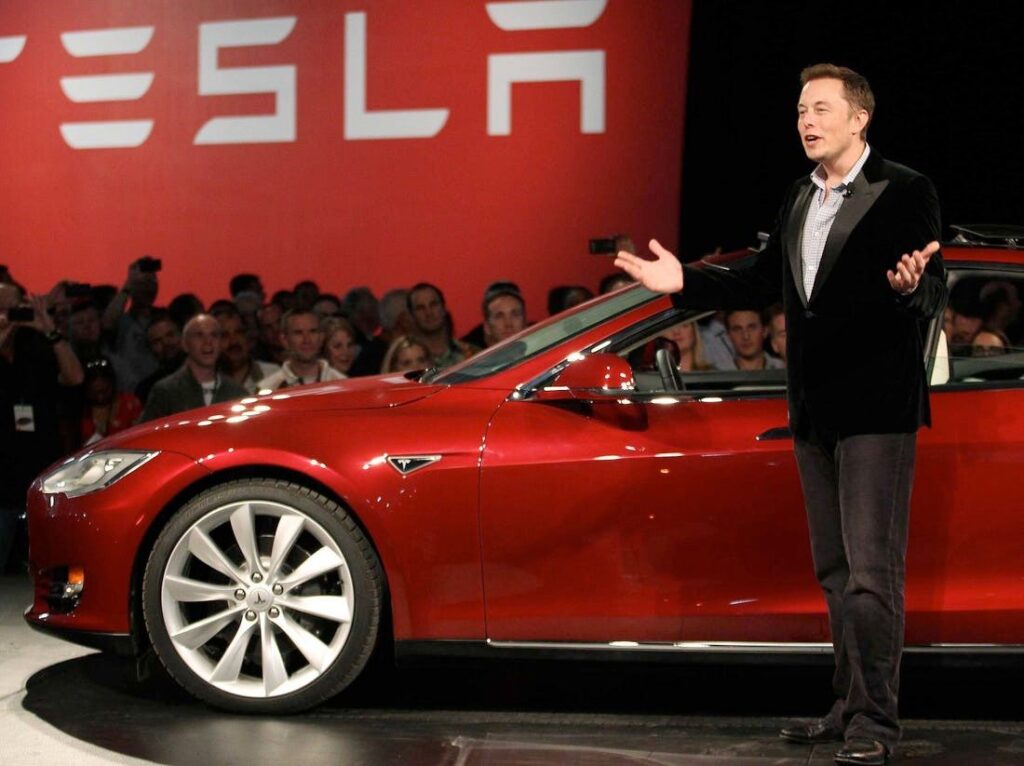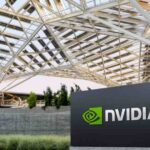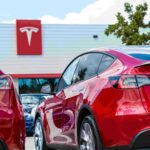In the final days of the quarter, Tesla (NASDAQ: TSLA) CEO Elon Musk is focusing even more on their full self-driving (FSD) technology, believing it can help the company grow, despite facing difficulties.
Musk’s strategy involves prioritizing FSD adoption, even at the expense of immediate vehicle sales. He believes this will help in aiming to strengthen Tesla’s revenue streams and validate its high valuation, according to a Fortune report on March 27.
Tesla’s drive for FSD adoption
In an internal email to staff, Elon Musk emphasized the importance of FSD technology.
Tesla is taking two key actions to boost interest and adoption. First, with mandatory FSD installation and activation, all North American Tesla vehicles will now have FSD installed and activated by default.
Second, with the FSD trial, customers will be offered a one-month trial of FSD, allowing them to experience the technology firsthand.
This increased focus on FSD reflects a renewed emphasis on this tech. This shift comes after the initial enthusiasm surrounding FSD lessened.
On that note, concerns about the technology’s reliability led to slower adoption than originally anticipated.
Software revenue and improved performance
Tesla’s push for FSD adoption aligns with its broader strategy to capitalize on software-driven revenue streams. Here’s how FSD offers advantages for Tesla:
- Scalable revenue: With development costs covered, additional FSD sales translate to significant profit due to minimal ongoing expenses.
- Widespread deployment: Tesla’s existing fleet and infrastructure allow for widespread deployment of FSD through over-the-air updates.
- Improved performance: The December 2023 switch to neural net-based software aims to improve FSD performance and bring Tesla closer to achieving true autonomous driving capabilities. Recent software updates have been met with positive feedback, suggesting progress towards this goal.
Brett Winton, an analyst at ARK Invest, supports Tesla’s focus on proprietary tech, recognizing FSD as a key driver of future sales on X (formerly Twitter).
Winton highlights the symbiotic relationship between FSD adoption and Tesla vehicle sales, suggesting that increased FSD demand will essentially boost Tesla’s market presence.
However, challenges like regulatory hurdles, public perception, and competition remain. Tesla’s ability to navigate these challenges will be crucial for the long-term success of FSD.
Challenges and opportunities
In conclusion, despite Tesla’s increased focus on FSD adoption, several factors could impact its ultimate success.
Regulatory approval timelines, public perception of safety and reliability, and competition from other autonomous driving developers will all play a significant role.
Tesla’s ability to effectively address these factors will determine whether FSD becomes a major revenue stream and contributes to sustained growth.






